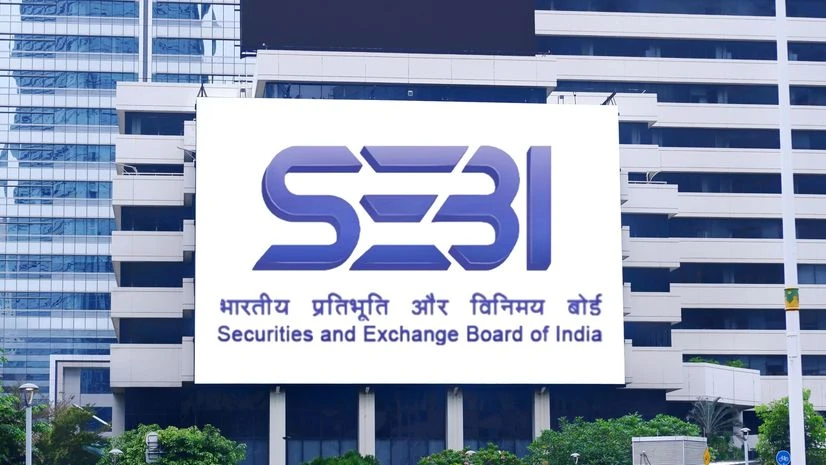
Markets gain amid bargain hunting; Sensex ends 592 points higher
India’s benchmark indices gained on Monday led by heavyweights HDFC Bank, Infosys, and Larsen and Toubro following back-to-back weekly losses.
The Sensex ended the session at 81,9735, with a gain of 592 points or 0.7 per cent. Nifty rose 164 points to end the session at 25,128, a 0.6 per cent gain.
Click here to connect with us on WhatsApp
The indices fell in the last two weeks amid escalating tensions in the West Asia and sharp selloff by foreign portfolio investors.
Top weight HDFC Bank accounted for over 40 per cent of the index gains on Monday. Shares of the private sector lender rose 2.3 per cent, lifting the Sensex by 250 points. Analysts termed the gains in HDFC Bank as a case of bargain hunting. HDFC Bank had declined about 6 per cent in the last two weeks.
FPIs continued to be net sellers, selling shares worth Rs 3,732 crore and domestic institutions were net buyers to the tune of Rs 2,278 crore.
“The positive impact of the Chinese stimulus package seems to be diminishing. Meanwhile, the Indian market is demonstrating resilience, with subdued earnings growth expectations seemingly priced in and oil prices declining. The IT and financial sectors are attracting buying interest after recent corrections,” said Vinod Nair, head of research of Geojit Financial Services.
Going forward, corporate earnings results in India’s macro data from across the globe will give clues about the market’s trajectory. Market breadth was mixed, with 2,044 stocks advancing and 2,011 declining. Realty stocks gained the most, and its index on BSE rose by 1.5 per cent.
First Published: Oct 14 2024 | 8:45 PM IST


)


)